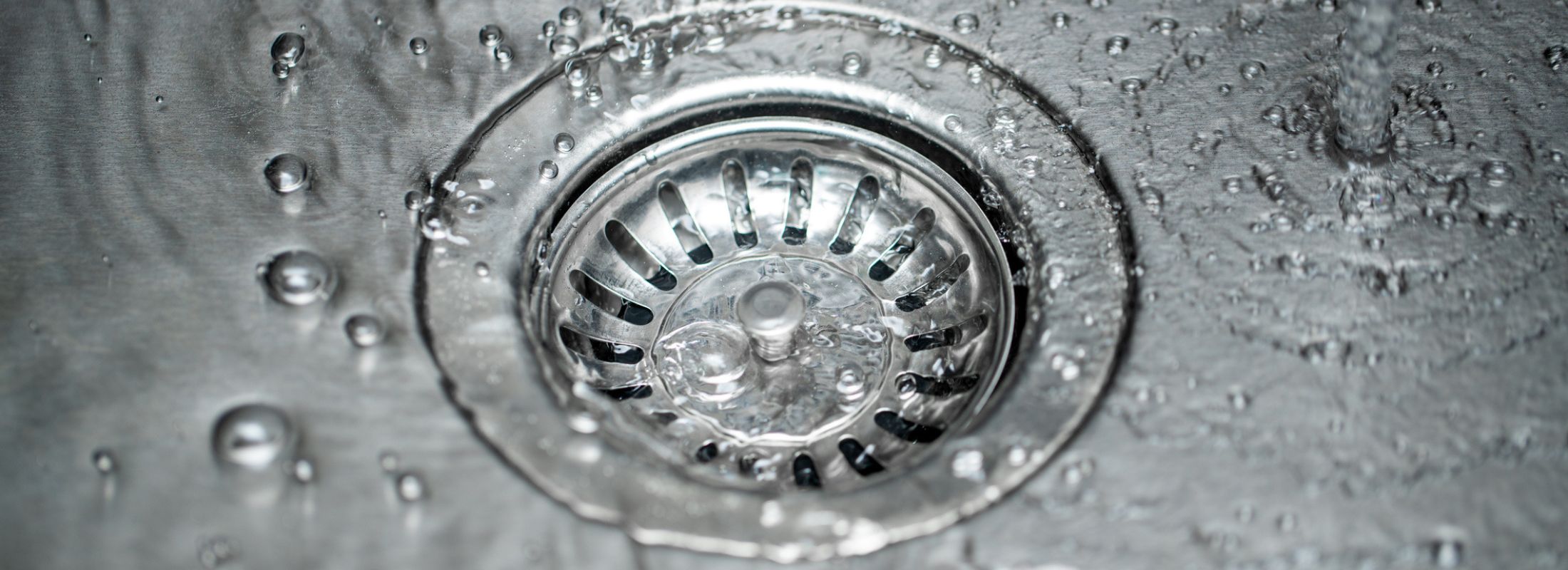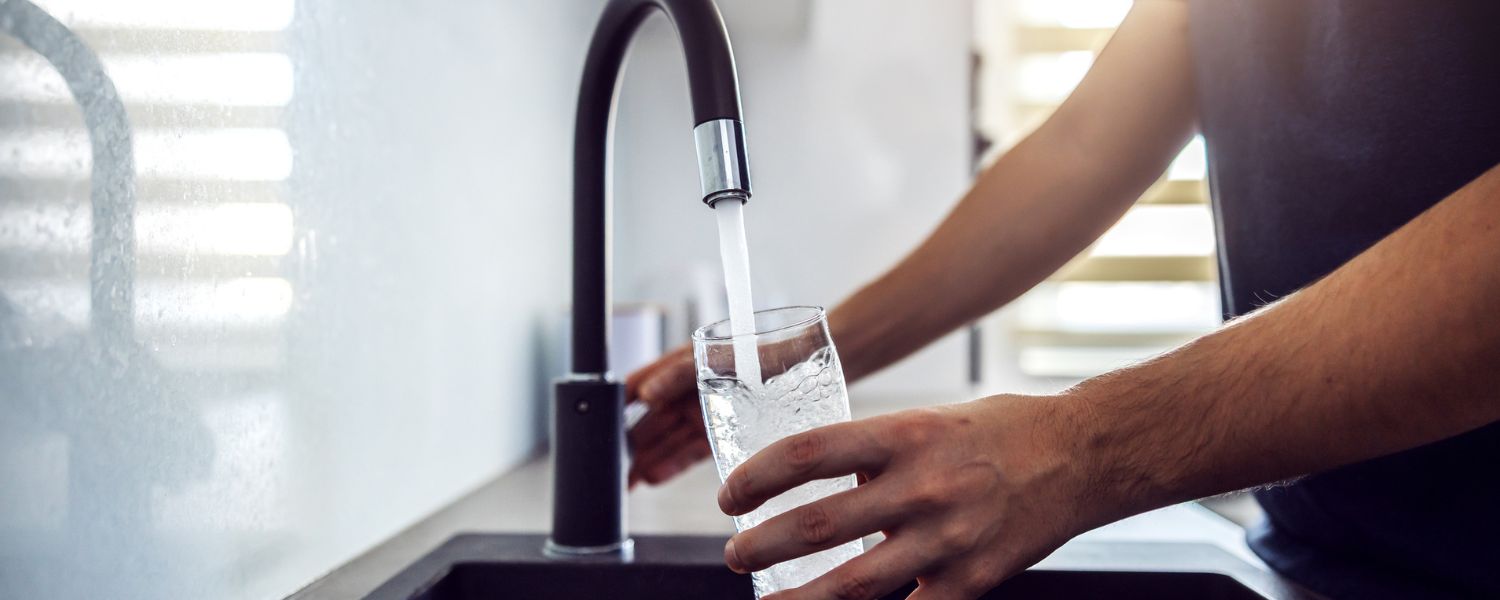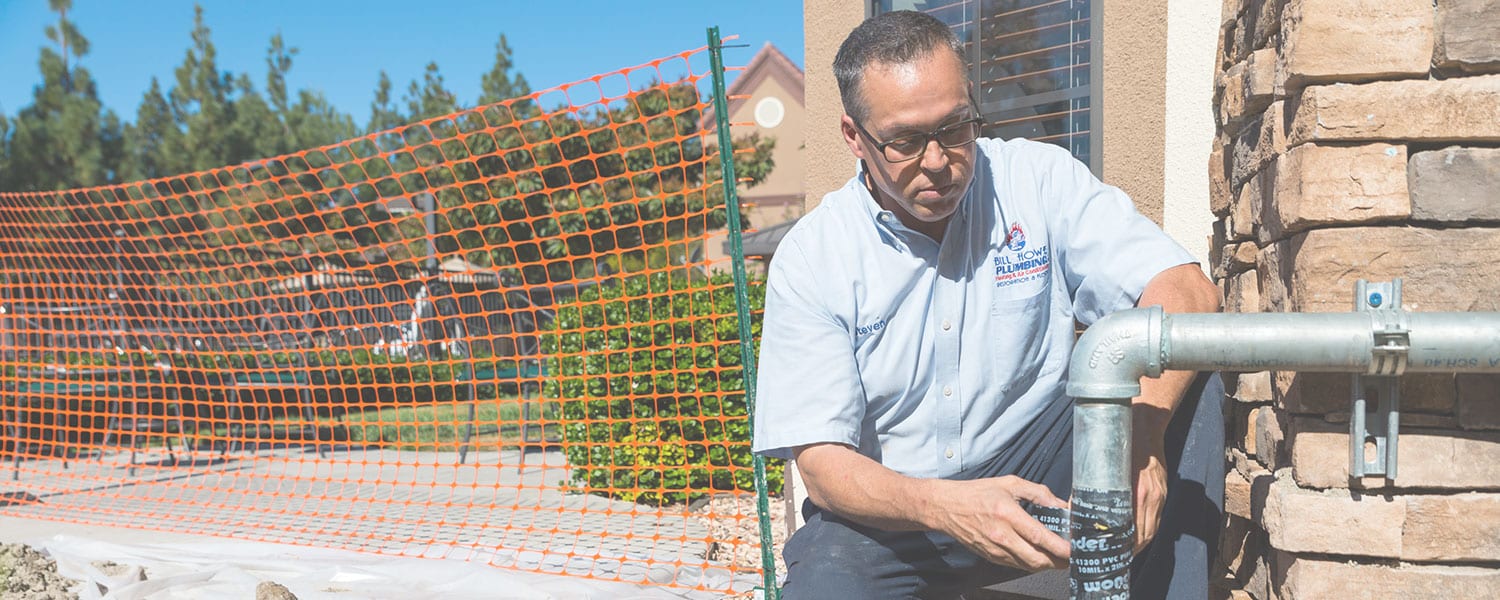How to Unclog the Garbage Disposal
There are times when you may forget to not put bones, coffee grounds, eggshells, bread, fibrous or stringy fruits and veggies, grease, and oil down the garbage disposal. When this happens, you may be met with a clogged or ineffective disposal. Continue reading to discover a few tips to keep your garbage disposal in tip-top shape and how to unclog it if need be.
Garbage Disposal Maintenance
Garbage disposal maintenance is very important. First things first, it is important to remember to not use your garbage disposal as a trashcan. To keep prevent any garbage disposal problems, limit how much food you put down the drain. Remember, food that you put down your drain could potentially cause drain problems, like clogging, in the future. If you are cleaning off your plate, scrape your food scraps into the trash can. Rinse your plate in the kitchen sink of whatever is left, run the garbage disposal with the water running and turn off the garbage disposal unit. It is best to leave the water running for a few extra seconds to fully clear the drain. Hard or fibrous food waste such as bones, shells, fruit pits, coffee, celery or artichokes should not be put down your garbage disposal at any time. Additionally, it is important to not put too much food waste down the drain at one time. Doing so may clog the drain.
To help keep your garbage disposal and drain clear, thoroughly rinse both with hot water every day. This will help clear the drain of the soapy water and food down the drain and prevent clogging in the future. Once a week, fill your kitchen sink up with cold water completely, pull the drain stop and allow the water to drain. Again, this will help keep your garbage disposal unit in good shape and drain free of debris.
How to Unclog a Garbage Disposal
First and foremost, do not use chemical drain cleaners. Using these abrasive drain cleaners can damage or corrode plastic elements or the metal blades within the garbage disposer itself. Doing so may fix the garbage disposer unit temporarily but would shorten the lifetime of your garbage disposal units and may void the warranty. A less harsh solution is to use two items commonly found in most households – vinegar and baking soda. First, pour ¼ cup of baking soda into the sink drain. Then, follow it up with ½ cup of white vinegar. Allow the two to work together and fizz for 5 minutes. Once the five minutes has passed, run the faucet using the hottest water down the drain of your sink for 2 – 3 minutes. If you have noticed an unpleasant odor coming from your garbage disposal whenever you ran it, this may help eliminate it as well.
If the vinegar and baking soda solution does not clear the clog, it may be time to call the experienced technicians at Bill Howe for garbage disposal repair. First, the plumbing technician will unplug the garbage disposal. From there, the plumber will test the drain by running water through it. After taking a few precautions to ensure that the lines to your dishwasher are in good condition, the plumber will then use a snake to attempt to clear the drain line. If More often than not, this will eliminate the clog. If that is not the case however, the plumber can then move on to additional strategies such as using a hydro-jetter or sewer camera inspection to determine a solution and fix the problem.
Call 1-800-BILL-HOWE to schedule an appointment with a certified plumbing technician to repair common garbage disposal problems and make sure your garbage disposal is in optimal condition.




